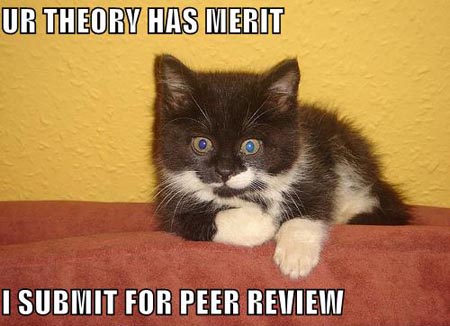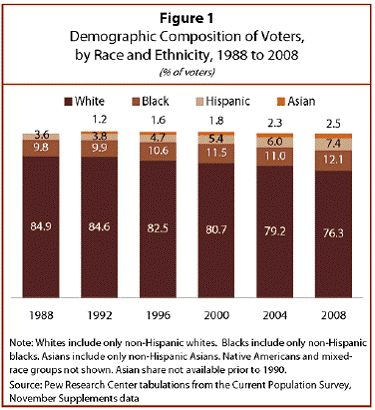
So says Mark Taylor in a New York Times op-ed.
Most graduate programs in American universities produce a product for which there is no market (candidates for teaching positions that do not exist) and develop skills for which there is diminishing demand (research in subfields within subfields and publication in journals read by no one other than a few like-minded colleagues), all at a rapidly rising cost (sometimes well over $100,000 in student loans).
His piece questions the efficacy of graduate education, but many of his prescriptions could also be applied to undergraduate programs. The gist of his concerns is that we’ve tilted so far in our graduate training toward academic specialization that our product has become idiosyncratic, unrewarding, and irrelevant to the larger society. This graduate training spills over to undergraduate teaching by reproducing a structure that keeps academic work in departmental silos. Here are a few of his suggestions for transforming the university:
Restructure the curriculum, beginning with graduate programs and proceeding as quickly as possible to undergraduate programs. The division-of-labor model of separate departments is obsolete and must be replaced with a curriculum structured like a web or complex adaptive network.
I personally love the use of the complex adaptive network metaphor. Some of my students are working on a project where they would gather our faculty’s research interests, code them and conduct a cluster or network analysis to determine cross-disciplinary commonalities. From there you could create learning communities of faculty and students that could then be linked to similar clusters around the world.
This complex adaptive system approach to developing a curriculum seems to be where our students live. I’ve had 2-3 students inquire about getting a Ph.D. and they all are drawn to interdisciplinary programs. Knowing what I know about the biases in academia, I’ve tried to encourage them to go for more traditional disciplinary-based programs so that they have more flexibility on the academic job market, but to little effect.
I submit that our challenge is that Web 2.0 has stripped from the academy it’s monopoly on knowledge. Young people’s unfettered access to information (of both dubious and stellar quality) places greater demands on the university as an institution to be as flexible as Google in how we organize knowledge and information. When an institution comes to a student with a major checklist or an undergraduate curriculum checklist, an increasingly common response is to see it as an arbitrary set of hoops to jump rather than a carefully considered set of courses. In other words, it looks like Yahoo circa 1996 (i.e. knowledge organized in pre-selected categories).
 .
.
Instead, our students expect the academy to have the same customizability, flexibility, and functionality of the Web searches they do everyday.

Which leads me to Taylor’s second prescription:
Abolish permanent departments, even for undergraduate education, and create problem-focused programs. These constantly evolving programs would have sunset clauses, and every seven years each one should be evaluated and either abolished, continued or significantly changed.
I’m inclined to agree with Michael Berube on this one — we should be careful not to conflate department with discipline. People can still operate within the structure of a department and pursue an interdisciplinary agenda (like a political scientist blog hosted by a Sociology association). I think completely untethering academics from disciplinary moorings is probably a bit too extreme and unnecessary in my view. There are some real benefits to being rooted in a “discipline.” You could accomplish Taylor’s goal by increasing the number of joint appointments or developing “programs” or “emphases” that get at the same objectives. Besides, if we abolished departments, what type of evaluation/peer review process would replace it?
Despite these reservations, I think the academy does require a serious rethink in no small part because the nature of idea dissemination has changed so radically. The larger question might be whether we should try to respond in kind or should we take William F. Buckley’s advice for budding conservatives and “stand athwart history yelling stop”!
I’d be curious to hear what others think.









 .
.
